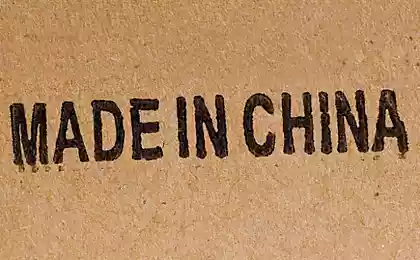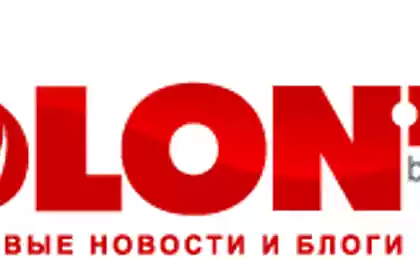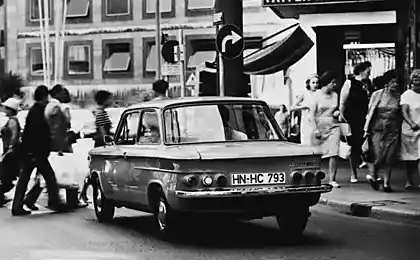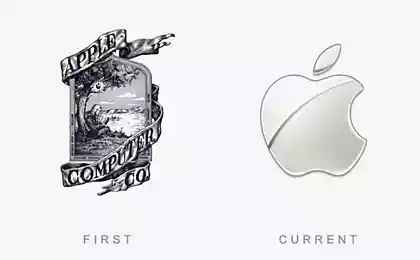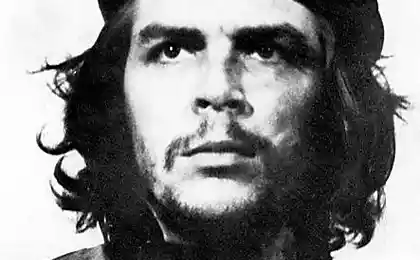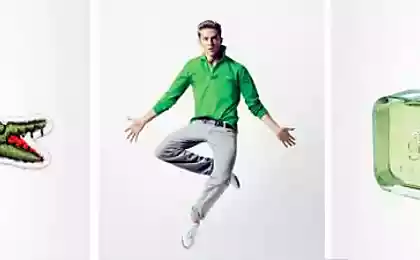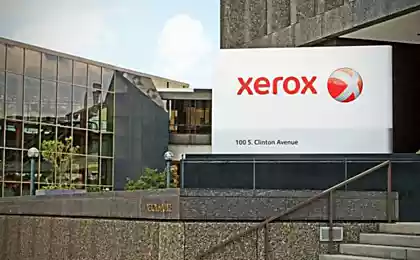In the world of big business have an unwritten rule: the product, which it is impossible to tell the story, not the brand. Famous brands are shrouded in myths and legends, half of them - this is the real facts about the history of their creation, and the other half - the fruit of imagination of marketers. < Website have learned a lot of fascinating stories and brands in a hurry to share them with you.
1. IKEA h2> 
When the US opened the first stores IKEA, have already received recognition in Europe, sales of furniture does not justify any expectations. After the study found that while Americans and like the simplicity of the design, they wanted to match the furniture to larger size of their homes. All that needed to be done - to increase the size of the furniture.
2. Western Union h2> 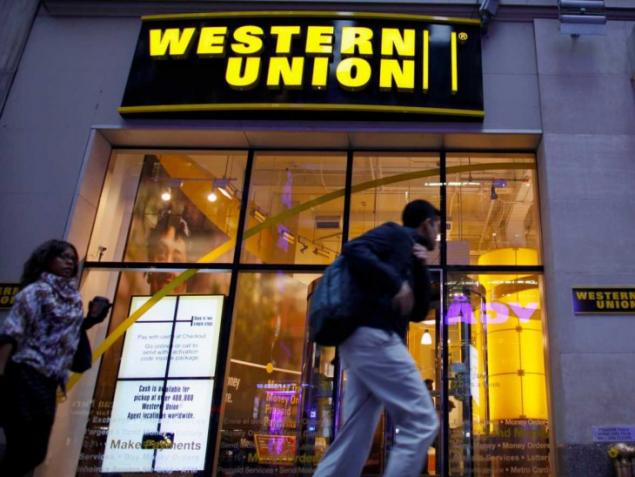
The Western Union Company owned almost all the telegraph in the United States. At the very beginning of its business, Alexander Bell, who at that time had a lot of debt, he appealed to the WU, offering to buy out a patent on the phone for just 100 thousand dollars, but the company refused to spend the money, considering the phone "toy" product. When it came to understanding of all the features of telephony, WU leaders decided not to mess with Bell and create your system. However, Bell founded his own telephone company, sued the WU, and won the case. So Western Union lost phone business, which reduced demand for its basic service - telegraphy.
3. Pampers h2> 
Lead chemical engineer Procter & Gamble's Victor Mills, helps her daughter take care of the children, I had to repeatedly pull out of his own grandchildren wet diapers, wash and dry them. The process, of course, he did not like and wanted to somehow make their lives easier. Then the idea came to one-time "diapers" - folded napkin with a high absorption capacity, which is planned to be placed in a special form of briefs. After some experimentation with different materials Mills worked for P & G new product that began to produce under the brand Pampers, has become nominal.
4. Chupa-Chups h2> 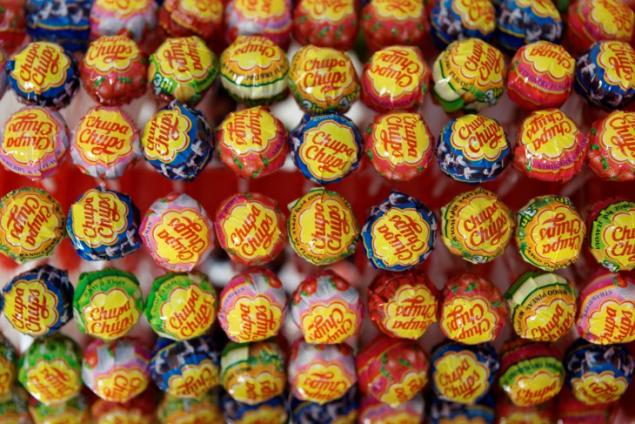
Chupa-Chups brand was founded in Spain in 1958 of the last century as part of "Granja Asturias." Enric Bernat created the first lollipop (originally wooden) which could suck and do not spoil your clothes and hands. Logo design brand owner company Enric Bernat "an acquaintance" painted the famous countryman Salvador Dali. It was he who in 1969 invented the form of a flower logo Chupa Chups for that with small modifications safely survived until today. He also proposed to place the logo is not on the side and on top of candy.
5. Land Rover h2> 
Branded emblem Land Rover brand in six decades, in fact, remained untouched. It is said that for the development of the logo was inspired by the creators of a jar of sardines. It supposedly forgotten in the drawings is one of the engineers. Oil imprint on the banks copied and offered as a silhouette for a logo of the new car.
6. Coca-Cola h2> 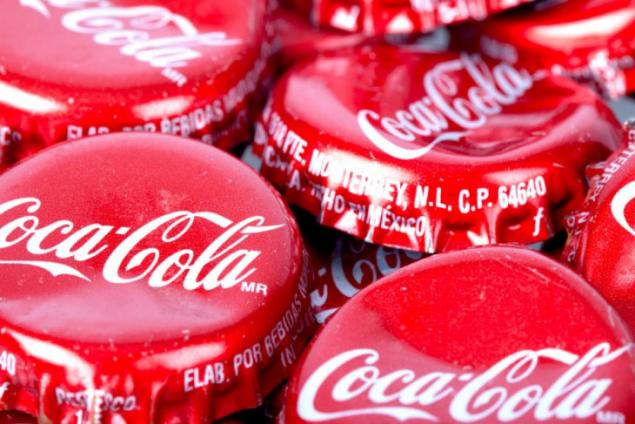
Coca-Cola was invented by pharmacist John Pemberton, consisted of coca leaves and kola nuts, is patented as a drug from nervous disorders and sold in pharmacies. Cocaine at the time, was not a banned substance, and its health warnings do not yet know why it is often added for fun and tone in drinks instead of alcohol - Coca-Cola this was not an innovation. When cocaine is banned in promoting it partly blamed Coca-Cola. Because the drink was excluded cocaine, but the positioning of the product has not changed and the popularity grew exponentially.
7. Lacoste h2> 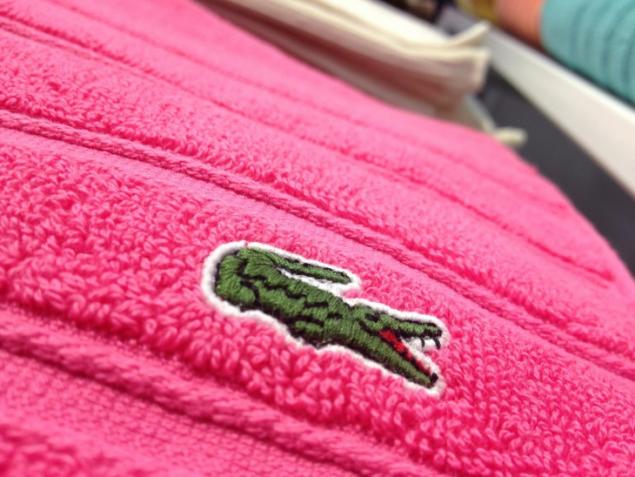
The captain of the French tennis team promised crocodile suitcase Rene Lacoste if he wins the Davis Cup. Because of this dispute, which, incidentally, won Renee, the American press nicknamed tennis "Alligator". In France, Lacoste nickname was changed to "crocodile" and stayed with him also because of the persistent and tenacious behavior on the court. Robert George, a friend of Lacoste, drew for him a crocodile which was subsequently embroidered on a shirt with short sleeves, in which the athlete.
8. Swarovski h2> 
Daniel Swarovski has created the world's first electric grinder to cut crystal and precious stones, which allowed him to put on the flow of the process of creating a paste. Rhinestones were named in honor of the famous jeweler rogue XVIII century Georges Frederic Strass, who posed for the diamond faceted crystal shards. Through intuition and taste Swarovski imitation stood on a par with the original, and the name became a worldwide famous brand.
9. Apple h2> 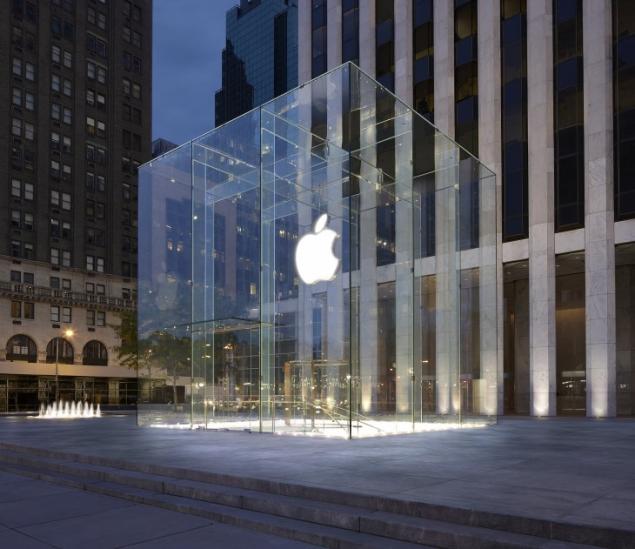
According to legend, its logo, bitten apple, Apple obliged brilliant mathematician, the father of the modern computer, made a huge contribution to computer science, and the victim of his sexual orientation, Alan Turing.
Turing was a homosexual, that while the UK was forbidden by law, and homosexuality was a mental illness. In 1952, Turing was convicted of sodomy and sentenced. The choice he was invited to two sentences a sentence in prison or the suppression of libido by injecting the female hormone estrogen, which in fact, was chemical castration. Scientific chose the latter.
One of the effects has been growing breasts and decreased libido. In addition, as a result of conviction, he lost his job and the right to work in the field of cryptography. For a year the scientist lived in seclusion and then committed suicide by cyanide poisoning. Turing cyanide solution injected into the apple, bite, and he died. Apple found on the nightstand next to the dead body.
10. Nestle h2> 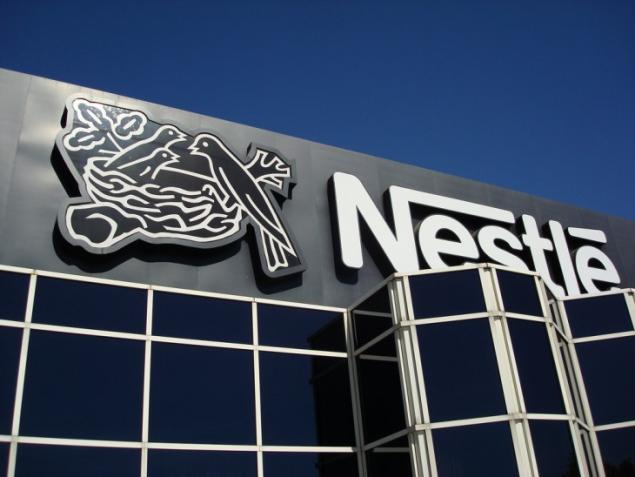
The original company logo Nestlé, founded in the 60s of the 19th century, was as follows: nest with three chicks and their mother. As a trademark for its first product, Henri Nestlé used the family coat of arms. At that time it was considered the traditional family, parents and three children. Later, towards the middle of the 20th century, the tradition changed. I changed and logo. Now in the nest, usually in Europe, only two chicks.
11. Ariel h2> 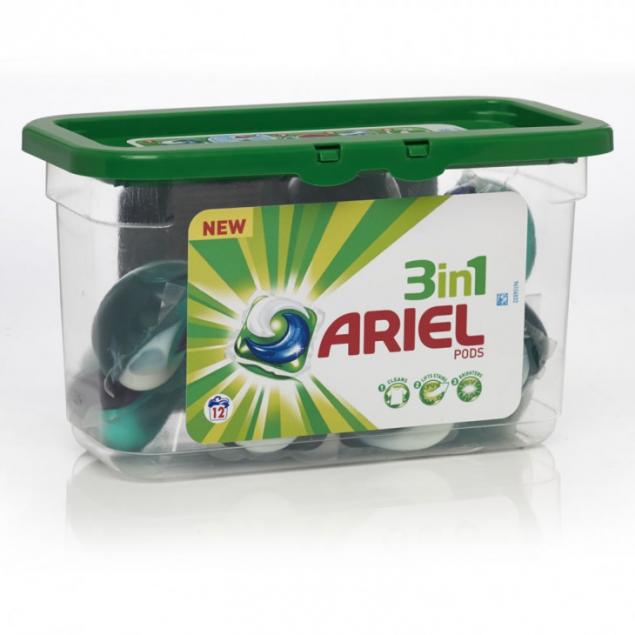
There is a myth that the so-called casual fridays, when you can move away from the strict dress code, adopted in large companies and official costume change on everyday clothes, came up to P & G. In the 80 years of the 20th century, the world's largest company P & G has been a leader in the market of detergents in the United States. But, despite the high advertising activity, market share did not want to grow. Then the company conducted a study to assess the market and garment care. The percentage revealed that the powder is used in 65% of cases, and dry cleaning - 35%. Further, the company found that 70% of consumers of detergent are employed and 5 out of 7 days a week, go to the suits, which they give to the dry cleaners.
Furthermore, joint research P & G and Levi Strauss Jeans showed that employees in casual clothes creativity and work much more effectively those who wear suits. And what did they do? P & G within the company introduces the right to go on Friday in everyday clothes. This news efforts of both companies received huge coverage in the press, and many corporations have followed suit. Market detergents grew by 20%.
12. Pirelli h2> 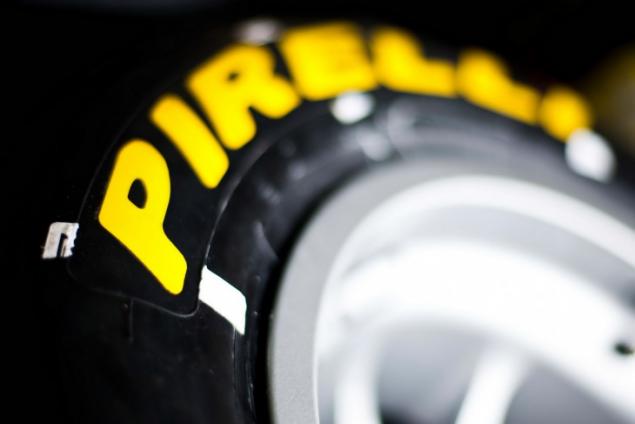
Italian company Pirelli for its high quality of its products and specializes in the production of automobile tires, high-voltage and telecommunication cables. Many, however, are judged solely on the Pirelli calendar with beautiful models - the result of the ingenuity of specialists in marketing, so that the firm has received wide recognition, new customers and market success. Pirelli Calendar are considered to be the best advertising course of the 20th century and works of art.
In 2002, Pirelli has violated more than forty years of tradition and has released his famous calendar with photos dressed, not naked women. On the cover of the publication placed photo of the girl in an autumn coat, and a model has been chosen right then seventeen year old niece of US President George W. Bush. Lauren Bush, the granddaughter of the 41st US president (Bush Sr.), was just happy and shared emotion with reporters: "I talked to grandparents and they were happy. And when I said that in the photo will be in clothes - even more delighted ».
14. Uncle Ben's h2> 
The prototype of Uncle Ben is Frank Brown, the maitre d 'of a pre-war Chicago restaurants frequented at the time by the company management Mars. The image of Uncle Ben is tied to American folklore. One of the old story tells of the black farmers, who was known to the whole country grown their excellent quality and taste of the rice.
15. Michelin h2> 
In the early twentieth century, especially in the twenties, each big factory or small shop to acquire their trademark. These were the heroes of mythology, and images of animals (lion Peugeot and Lacoste crocodile), and symbols created from production companies, such as Bibendum. Bibendum was created by artist cartoonist O'Galop in 1898, to realize the idea of André Michelin. Myth has it that the exhibition of bicycle tires all models piled on each other. The resulting stack of form very similar to the thick man. For more than 100 years Bibendum has undergone great changes, but the character remained the Michelin Group.
16. Mazda h2> 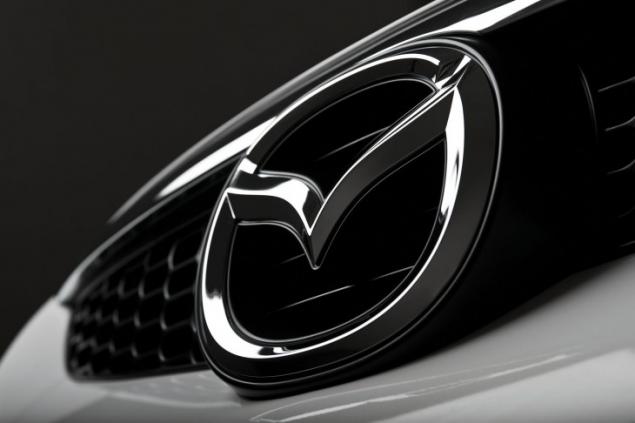
Zoom-zoom - an imitation of the sound of a fast moving subject. «Zoom- zoom» say English-speaking boy playing with cars. And since Mazda creates a brand image with a sporty character, capable of its drive to enter the buyer is truly the joy of children. Speaking on the Ferrari use the expression «Vroom-vroooom», and the Mini Cooper does «Beep-beep».
17. Heinz h2> 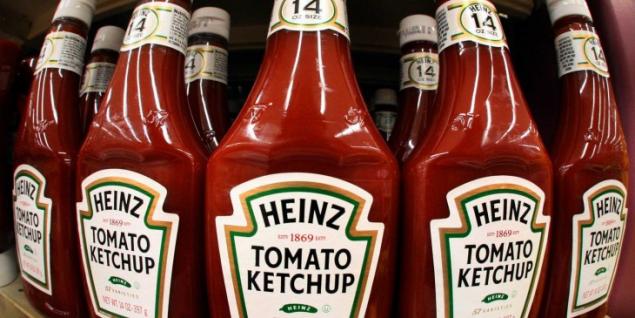
Buying ketchup in stores of this brand, pay attention to the inscription on the upper part of the "57 Varieties» (57 species). There is a myth that somehow the summer of 1896 51-year-old Henry John Heinz (at that time already the owner of several factories) was walking around New York, on the street, he saw an advertisement shoe store, offers clients "21 style shoes." By analogy, he decided to count the number of products that his factory produced. "I counted a lot more than 57, but the number" 57 "continues to swirl in my head - he recalled Henry John Heinz. - Seven had such a psychological fascination that the numbers "58" or "59" is a completely do not attract me. " A week after this event, on labels and all advertising products Heinz were these "57 Varieties».
18. Red Bull h2> 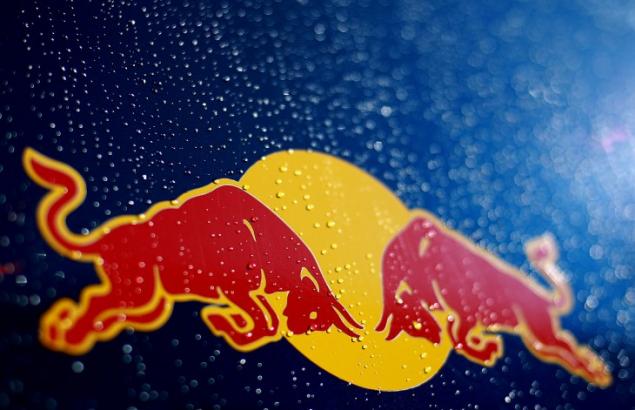
Red Bull Energy Drink was born in 1982, when Dietrich Mateschitz during a trip to Eastern Asia are interested there already widely widespread energy drinks. He bought licensing rights to the well-known in Thailand brand Krating Daeng (translated from Thai "Red Bull") and the use of prescription company Taisho Pharmaceuticals (Japan. When the drink is taken out for a wider market (Europe, USA), the main competitors were and Coca-Cola and Pepsi, and Molson, and Labatt, and Anheuser-Busch. The concept of all was similar - they are energizing and stimulating and Energy Jolt Cola contained among other things, also doubled, compared to Red Bull, caffeine.
Then Dietrich Mateschitz has gone on a risky step: to artificially inflate the price in half compared to the competition, reduced the amount of packaging, reminiscent of the battery, and began to place jars in stores are not in the departments of drinks, and in any other (note that once just go to the store - Red Bull cans together with other power companies can be found almost in the sausage department, including in alcoholic).
In addition, Red Bull boxes were distributed free to students on college campuses. On student revels Red Bull went to cheer because of the random and happy coincidence quickly discovered that he was ideally placed for vodka. Thus were born the new, which became very popular cocktail Vodka Red Bull.
19. Hewlett-Packard h2> 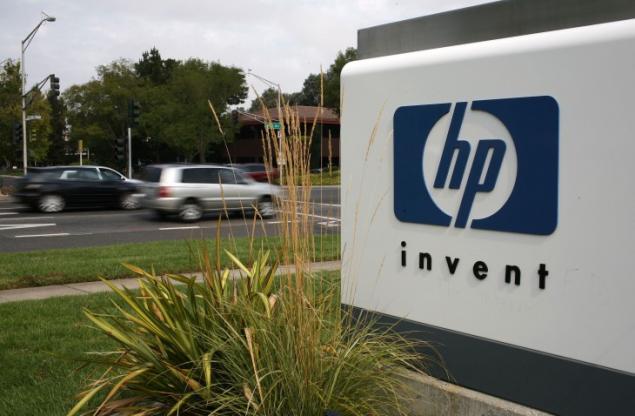
HP founders Bill Hewlett and Dave Packard threw a coin to decide whose name will be the first in the title. As you know, won the Bill.
20. Adidas and Puma h2> 
It is known that its name, Adidas was in honor of one of the founders of Adolf Daslera. A Puma was created by his brother Rudolf Daslerom. Legend has it that the father of the brothers Dasler worked all his life as a baker. Adolf and Rudolf Daslery together opened a workshop for making sports shoes to order. Adolf had a designer, Rudolph - the marketer.
After the Second World War and the death of his father and brothers had quarreled seriously divided we are no longer a small company, "Dassler" (about 60 people) in half. It happened in the German town of Herzogenaurach, which is Bros. Brawl also divided into two parts. Workers in these factories went only to their pubs, drinking different beers, and their children attend different schools. Companies maintained their own football teams.
And until now, one company employee waits immediate dismissal if he will be seen in the shoes or clothing produced by a competitor.
via www.adme.ru/tvorchestvo-reklama/mify-i-legendy-brendov-111605/

























